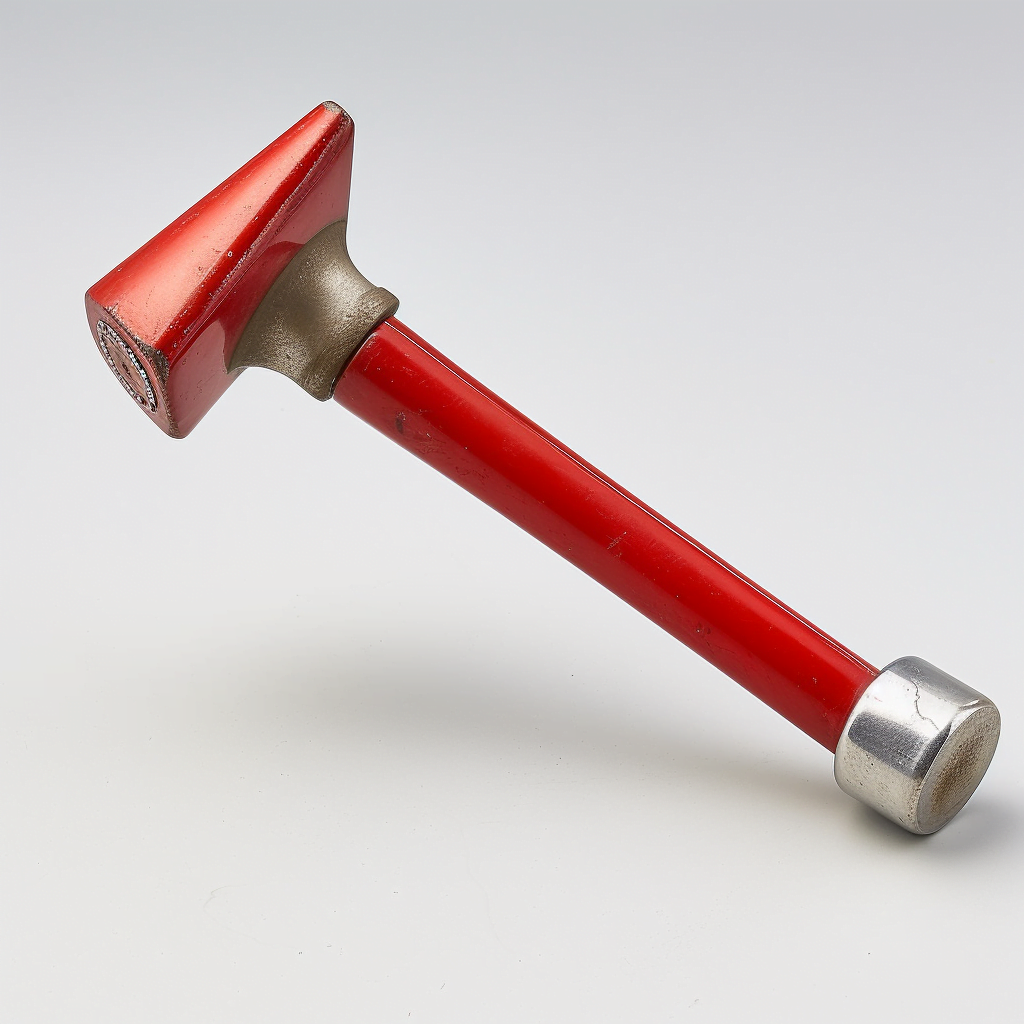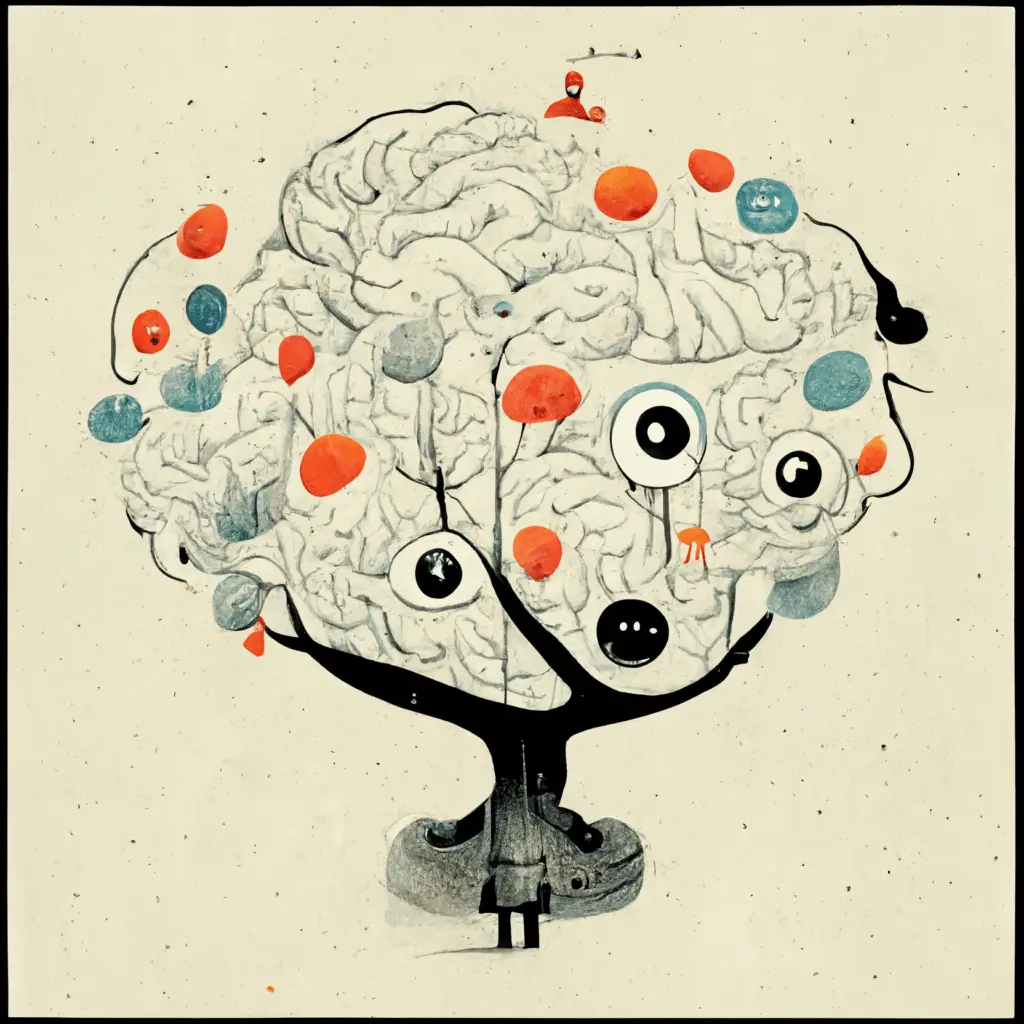
A reflex is an organism’s natural response to a stimulus. For example, when a mean doctor taps your knee with a hammer (thankfully not a big one) and your leg jerks automatically. Or from putting your hand in a fire and recoiling. Or gagging after smelling a McDonald’s burger. Especially that last one.
The Magical World of Reflexes: How Do They Work?
Imagine reflexes as nature’s little ninjas, protecting the body from harm. These quick and automatic reactions happen without conscious thought, like a superpower, keeping people safe from danger. Now, who wouldn’t want a superpower, right?
In the control center of the body, the nervous system, there are some nifty neurons (nerve cells) that make reflexes happen. It all starts with sensory neurons that detect the stimulus and send a message to the spinal cord. The spinal cord then sends a response through motor neurons, which tell the muscles what to do. So, it’s like a super-fast game of telephone, but the message never gets lost or mixed up!
Reflexes: Born or Made?
There are two main types of reflexes: innate reflexes and learned reflexes.
Innate Reflexes: Nature’s Gift
Innate reflexes are the ones that come with the body, like a built-in safety feature. They are part of an organism’s genetic makeup and are present from birth. These reflexes are essential for survival and have been passed down through generations. So, think of them as a super-secret ninja skill that’s been handed down from grandmaster to grandmaster.
Learned Reflexes: Practice Makes Perfect
Learned reflexes, on the other hand, are acquired through experience and practice. They develop over time as people interact with their environment. For example, a skilled chef might pull their hand away from a hot pan before they even feel the heat. These reflexes start as conscious actions, but as they are practiced, they become faster and more automatic. So, practice may not make perfect, but it can help develop some super speedy reflexes!
Reflexes: The Unsung Heroes of Everyday Life
Reflexes play a crucial role in everyday life, from avoiding danger to performing complex tasks. They help people navigate the world with ease and grace, like superheroes in disguise. Here are some common examples of reflexes in action:
The Blinking Marvel: Protecting the Windows to the Soul
Ever wonder why the eyes automatically close when something comes near them? That’s the blink reflex, and it’s there to protect those precious peepers. Whether it’s a gust of wind, a pesky fly, or a rogue superhero cape, the blink reflex keeps the eyes safe and sound.
The Star of Startle: Ready for Action
The startle reflex is like a personal bodyguard, always on high alert. When a loud noise or sudden movement is detected, the body jumps or flinches, preparing to react. This reflex helps people respond quickly to potential threats, whether it’s a villain in the shadows or a surprise party gone wrong.
The Super Swallow: Keeping the Pipes Clear
The swallowing reflex is a real multitasker. It helps people swallow food and drink, but it also keeps saliva and other secretions from entering the windpipe. So, when something goes down the wrong pipe, the cough reflex kicks in to clear the airway, like a tiny superhero saving the day.
The Fabulous Foot Withdrawal: Quick on the Draw
Stepping on something sharp or hot can be a real pain, but luckily the foot withdrawal reflex is here to help. This reflex causes the leg to lift and the foot to pull away, minimizing injury and keeping people on their toes (literally).
Celebrating the World of Reflexes
Reflexes may not be flashy or glamorous, but they are essential to survival and everyday life. They keep people safe, help them adapt, and even turn ordinary folks into superheroes in disguise. So, the next time a reflex saves the day, take a moment to appreciate the amazing world of reflexes and the incredible work they do behind the scenes.
The Mighty Patellar: Knee-Jerk Reactions
The patellar reflex, also known as the knee-jerk reflex, is a shining star in the world of reflexes. When that not-so-big hammer taps the knee, the leg kicks forward like a superhero springing into action. This reflex helps maintain balance and proper muscle function, making walking and running smooth and effortless.
The Pupillary Light Brigade: Guardians of Vision
The pupillary light reflex is all about protecting those invaluable eyes. When bright light hits the eyes, the pupils constrict (get smaller) to limit the amount of light entering. In the dark, the pupils dilate (get larger) to let in more light. This reflex helps maintain optimal vision and keeps the eyes comfortable in changing light conditions.
The Plantar Flex: Ticklish Toes and More
The plantar reflex, also known as the Babinski reflex, is a curious one. When the sole of the foot is gently stroked, the toes normally curl downward. But in babies, the big toe bends upward and the other toes fan out. This reflex disappears as the nervous system matures, but if it persists or reappears in adulthood, it can be a sign of a problem with the nervous system.
The Mighty Moro: Baby’s First Superpower
The Moro reflex, or startle reflex in babies, is an early warning system for little ones. When a baby feels a sudden loss of support or hears a loud noise, they fling their arms and legs outward and then pull them back in. This reflex helps protect infants and is usually present from birth until around 3-6 months of age.
So, whether innate or learned, reflexes are truly nature’s superheroes. They keep everyone safe, functioning, and adapting to the world around them. Celebrate these unsung heroes and remember their importance in daily life, and maybe even develop a newfound appreciation for that not-so-mean doctor with the hammer.




